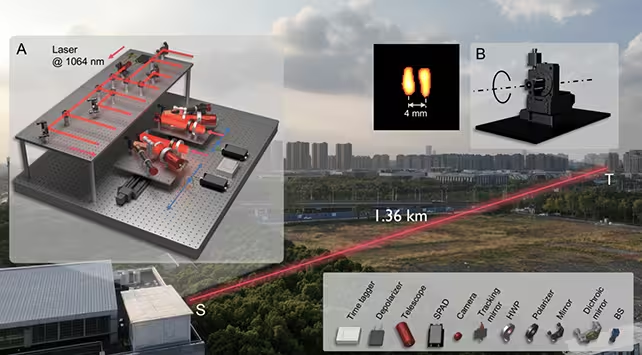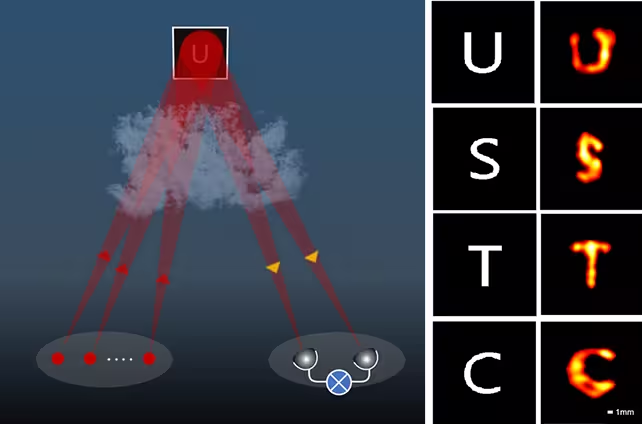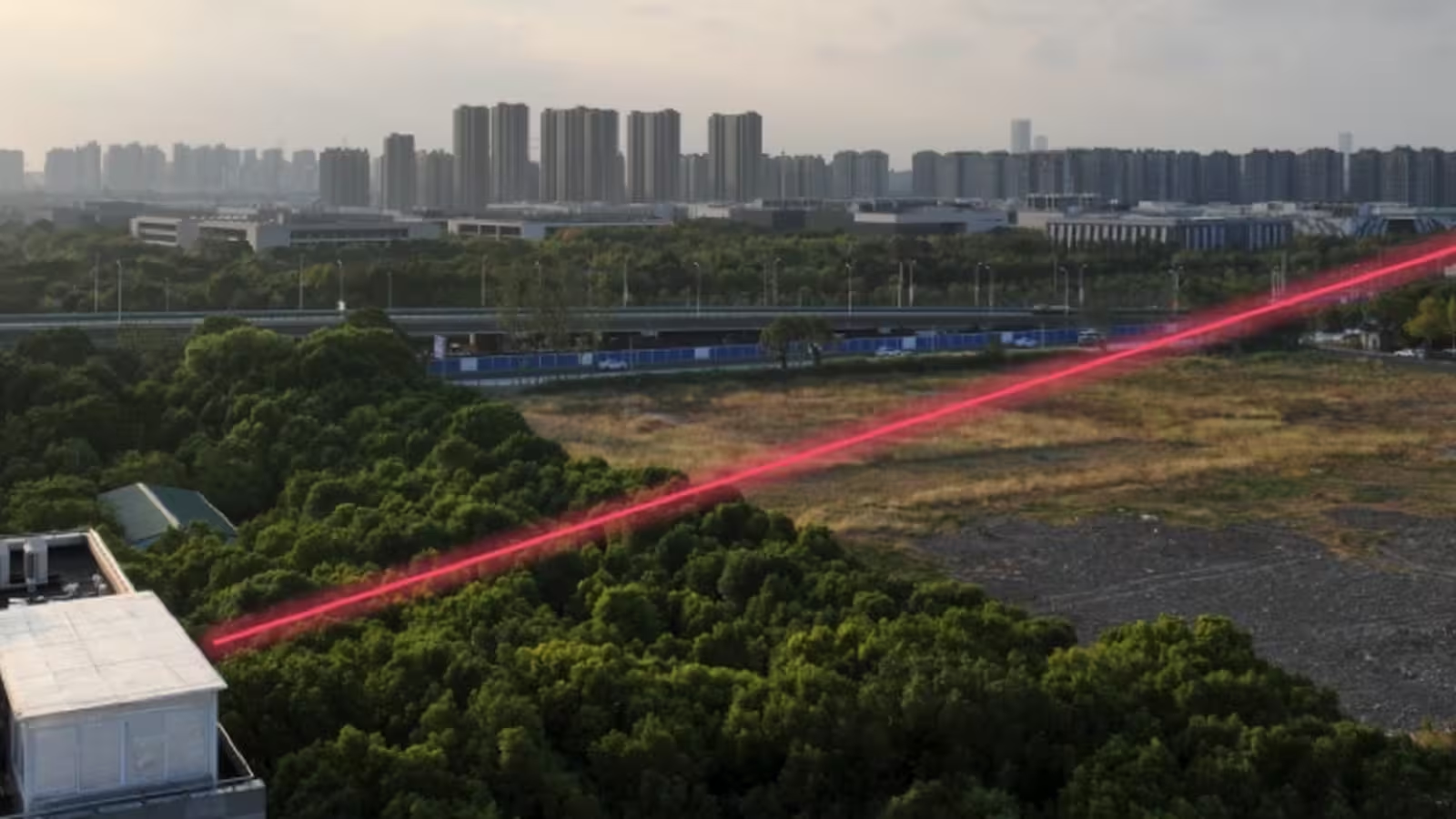3 Minutes
Advancements in laser technology have led to a groundbreaking development: the ability to read millimeter-scale text from distances approaching a mile. This achievement, spearheaded by researchers from the University of Science and Technology of China, leverages intensity interferometry to reconstruct high-resolution images of distant objects.
Understanding Intensity Interferometry
Unlike traditional imaging methods that directly capture light waves, intensity interferometry focuses on measuring the intensity fluctuations of light. By analyzing how light reflects and interferes with itself, this technique reconstructs detailed images from the gathered data. Originally utilized in astronomical observations to study distant stars, intensity interferometry is now being adapted for terrestrial applications, offering enhanced imaging capabilities over long distances.

The Experimental Setup
In their study, the research team employed a sophisticated system comprising eight infrared laser beams directed at a target situated 1.36 kilometers (approximately 0.85 miles) away. Two telescopes were positioned to capture the intensity of the reflected light. By meticulously calibrating the laser beams and analyzing the variations in light intensity recorded by the telescopes, the team successfully reconstructed images of the target with remarkable clarity.
Achieving High-Resolution Imaging
The results of the experiment were impressive. The system achieved a resolution of 3 millimeters at the 1.36-kilometer distance. In contrast, a single telescope operating under similar conditions would typically yield a resolution of 42 millimeters. This 14-fold enhancement underscores the potential of intensity interferometry in overcoming the diffraction limits that constrain conventional imaging systems.

Applications and Future Prospects
The implications of this technological breakthrough are vast. High-resolution, long-distance imaging can revolutionize fields such as remote sensing, surveillance, and environmental monitoring. The ability to read text or discern fine details from afar could enhance security protocols, improve data collection in inaccessible areas, and contribute to scientific research requiring precise measurements over large distances.
Looking ahead, the researchers aim to refine the system further. Enhancements in the control of infrared laser lights and the integration of artificial intelligence algorithms are anticipated to improve image reconstruction accuracy and processing speed. These advancements could lead to more practical and widespread applications of intensity interferometry in various sectors.
Conclusion
The successful demonstration of reading millimeter-scale text from nearly a mile away marks a significant milestone in optical imaging technology. By harnessing the principles of intensity interferometry, this research opens new avenues for high-resolution, long-distance imaging, with potential applications spanning from security to scientific exploration. As the technology continues to evolve, it promises to redefine our capabilities in observing and interpreting distant objects with unprecedented detail.
Note: This article is based on research findings published in Physical Review Letters.


Comments